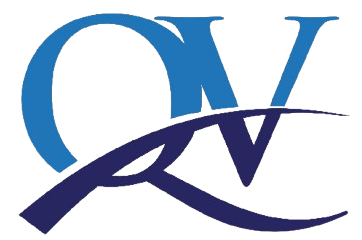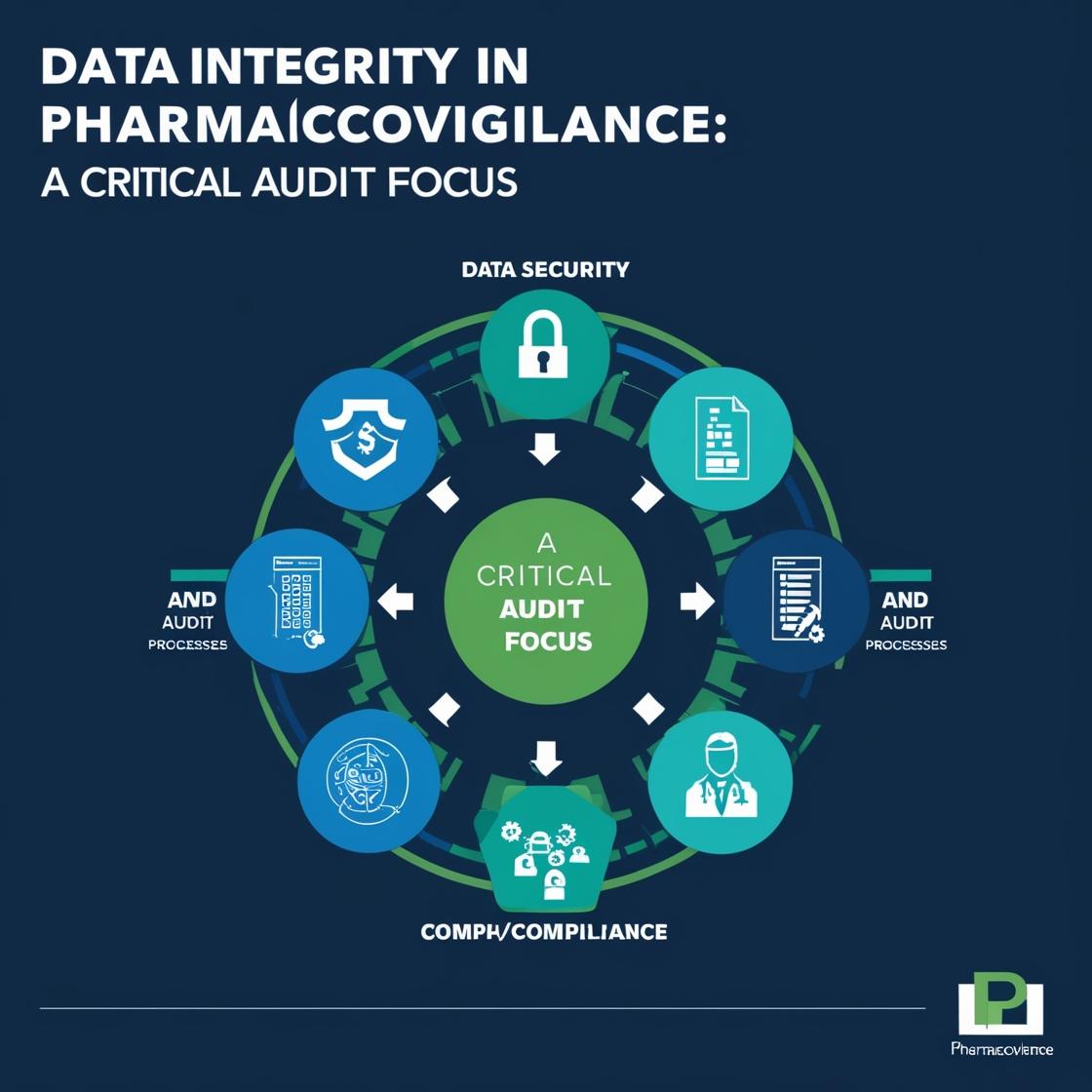In the world of pharmacovigilance (PV), data is everything. It forms the basis of benefit–risk decisions, regulatory submissions, and ultimately, patient safety. Ensuring the accuracy, completeness, and reliability of this data—collectively referred to as ‘data integrity’—is therefore not just good practice; it’s a regulatory imperative.
As regulatory bodies intensify their scrutiny of PV systems, data integrity has emerged as a central theme in inspections and audits. Companies that fail to meet expectations in this area risk more than just audit findings—they risk undermining the credibility of their safety data.
Why Data Integrity Matters in PV
Pharmacovigilance activities generate vast volumes of data across global safety databases, case processing platforms, literature sources, and partner systems. Errors or lapses in data integrity can lead to:
- Missed or delayed identification of safety signals
- Inaccurate regulatory reporting
- Compromised patient safety
- Legal and reputational consequences
Given these high stakes, regulators are increasingly focusing on data integrity during audits—not just within standalone systems, but across the entire data lifecycle.
Key Audit Focus Areas
1. ALCOA+ Principles
Auditors often assess compliance with the ALCOA+ framework, which states that data must be:
- Attributable
- Legible
- Contemporaneous
- Original
- Accurate
With the “+” adding expectations such as being complete, consistent, enduring, and available.
PV teams must ensure that all safety data—whether entered manually or generated by automated systems—adheres to these principles.
2. System Controls and Audit Trails
Robust audit trails are a hallmark of good data integrity. Systems used in case processing, literature screening, and signal detection must record changes transparently, including timestamps and user IDs. Any data migration, modification, or override must be properly justified and traceable.
3. Partner and Vendor Oversight
In an increasingly outsourced PV environment, sponsors are accountable for the data integrity of their service providers. Audits often review vendor qualification, performance metrics, and quality oversight activities. Clear contracts and regular audits are essential to managing this risk.
4. Training and Human Factors
Data integrity isn’t just a technical issue—it’s a people issue. Errors often stem from poor training, inadequate understanding of systems, or inconsistent procedures. Auditors will assess whether teams are properly trained and whether SOPs support accurate and timely data entry.
5. Risk-Based Monitoring
Regulators expect companies to proactively monitor for data integrity risks through internal audits, periodic reviews, and metrics analysis. Issues such as high case rejection rates or data entry delays may trigger closer scrutiny during inspections.
Strengthening Data Integrity: Best Practices
- Validate all PV systems and ensure up-to-date documentation
- Implement strict access controls and user role definitions
- Monitor data quality metrics regularly and act on trends
- Provide ongoing training tailored to each role in the PV process
- Establish clear SOPs that align with global regulatory expectations
How Q&V Can Help
At Q&V, we understand the complexity and importance of maintaining data integrity across pharmacovigilance systems. Our expert team conducts readiness assessments, audits, and SOP reviews to ensure your PV data holds up to the highest regulatory scrutiny. Whether you’re preparing for a routine inspection or a focused audit, we can help you build a solid foundation of trust in your data.

